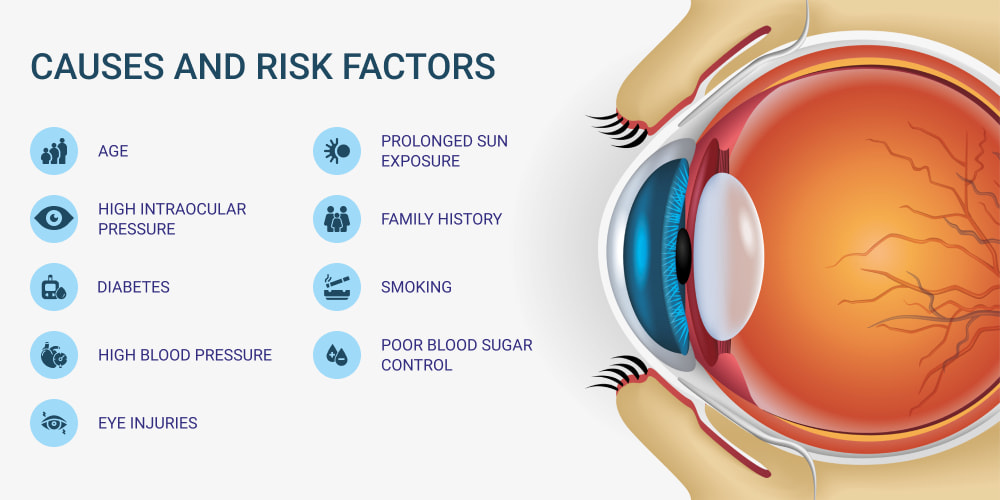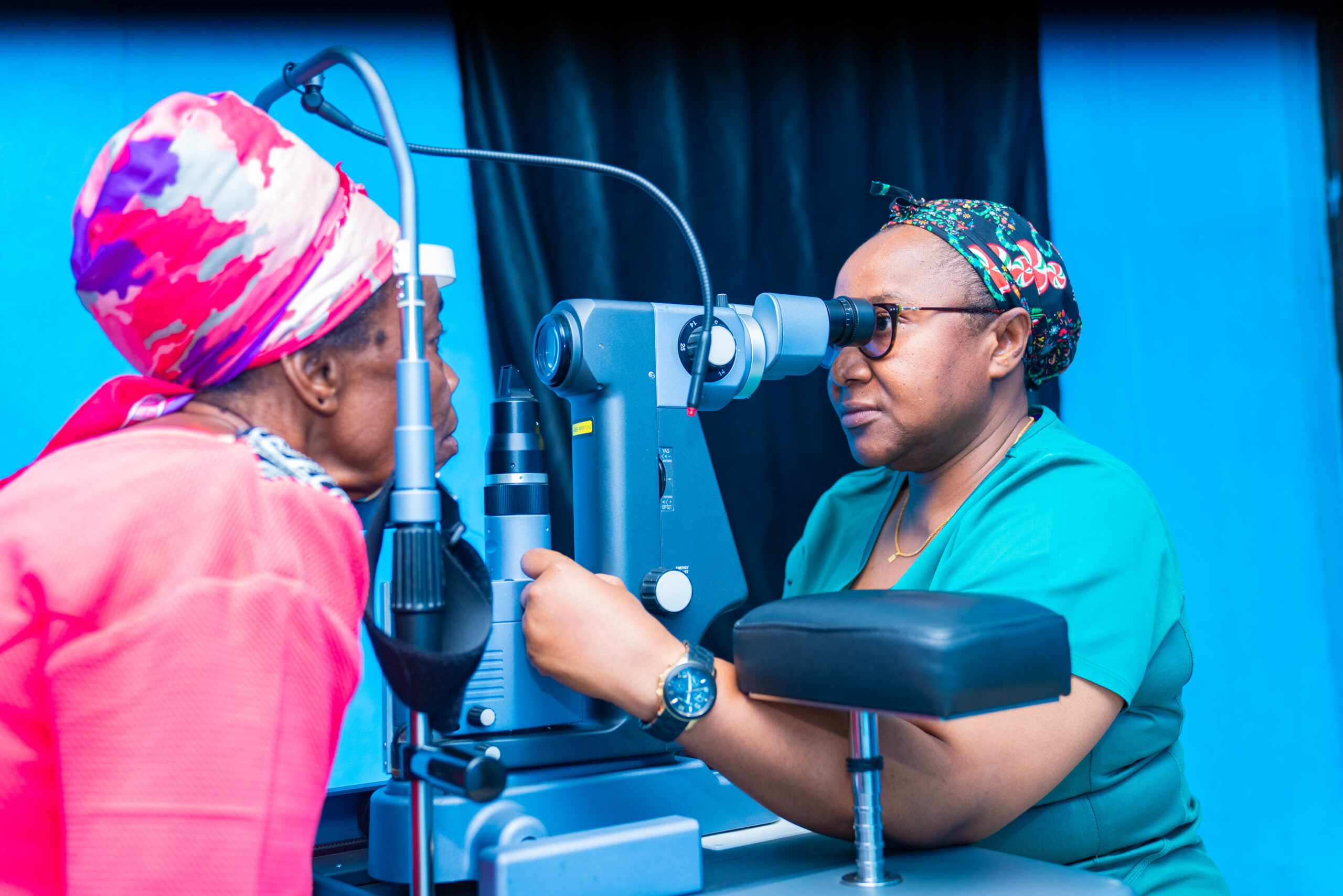Our eyes are among the most delicate and vital organs of the body. They allow us to experience the world in vivid detail, yet they are often taken for granted—until vision problems arise. Eye defects can occur at birth (congenital) or develop later in life due to age, lifestyle, or underlying health conditions. Understanding common eye defects is the first step toward prevention, timely treatment, and better eye health.

1. Myopia (Short-Sightedness)
What it is:
Myopia occurs when the eye focuses images in front of the retina instead of directly on it. This makes distant objects appear blurry while close objects remain clear.
Causes:
- Elongation of the eyeball
- Excessive close-up work (reading, screen time)
- Genetic predisposition
Symptoms:
- Difficulty seeing far objects (e.g., road signs)
- Eye strain and headaches
- Squinting to improve clarity
Treatment:
Eyeglasses, contact lenses, or refractive surgery such as LASIK.
2. Hyperopia (Long-Sightedness)
What it is:
Hyperopia is the opposite of myopia. The eye focuses images behind the retina, making near objects blurry while distant objects may appear clearer.
Causes:
- Shortened eyeball
- Flat cornea
- Often hereditary
Symptoms:
- Difficulty reading or doing close work
- Eye fatigue
- Blurred near vision
Treatment:
Corrective lenses (convex lenses), contact lenses, or surgery.
3. Astigmatism
What it is:
Astigmatism occurs when the cornea or lens has an irregular shape, causing light to scatter and focus unevenly on the retina.
Symptoms:
- Blurred or distorted vision at all distances
- Eyestrain
- Headaches, especially after reading
Treatment:
Special prescription glasses or toric contact lenses; in some cases, corrective surgery.
4. Presbyopia
What it is:
A natural age-related defect where the eye gradually loses the ability to focus on nearby objects due to stiffening of the lens. It usually begins around age 40.
Symptoms:
- Difficulty reading small print
- Needing to hold books farther away
- Eye strain when reading
Treatment:
Reading glasses, bifocals, progressive lenses, or surgical correction.
5. Cataracts
What it is:
Cataracts are cloudy areas in the eye’s natural lens, leading to blurry or dim vision. They are one of the leading causes of blindness worldwide.
Causes:
- Ageing
- Prolonged sun exposure
- Diabetes
- Smoking and alcohol use
Symptoms:
- Cloudy, blurry, or dim vision
- Sensitivity to light
- Seeing “halos” around lights
Treatment:
Surgical removal of the cloudy lens, replaced with an artificial intraocular lens.
6. Glaucoma
What it is:
A group of eye conditions that damage the optic nerve, often linked to increased intraocular pressure. Known as the “silent thief of sight,” glaucoma can cause irreversible blindness if not detected early.
Symptoms:
- Gradual loss of peripheral (side) vision
- Severe eye pain (in acute cases)
- Blurred vision with halos
Treatment:
Prescription eye drops, oral medications, laser treatment, or surgery.
7. Color Blindness
What it is:
A hereditary condition where individuals cannot distinguish certain colors, usually red and green.
Causes:
- Genetic defects in the retinal cone cells
- Eye diseases or medications (rare secondary causes)
Symptoms:
- Difficulty differentiating between colors
- Trouble with traffic signals, colored charts, or images
Treatment:
No cure, but special tinted glasses or contact lenses can help.
Protecting Your Eyes: Tips for Healthy Vision
- Regular eye checkups (at least once every two years, or yearly after age 40)
- Use protective eyewear in hazardous environments
- Maintain a healthy lifestyle (balanced diet, no smoking, regular exercise)
- Limit screen time and follow the 20-20-20 rule: every 20 minutes, look at something 20 feet away for 20 seconds
- Wear sunglasses to shield your eyes from harmful UV rays
Final Thoughts
Most common eye defects are treatable if detected early. Regular eye examinations are essential—not just for maintaining clear vision but also for overall health, as eye problems can sometimes signal conditions like diabetes or hypertension. By understanding these eye defects and taking proactive steps, you can protect your vision and enjoy a clearer, healthier life.

